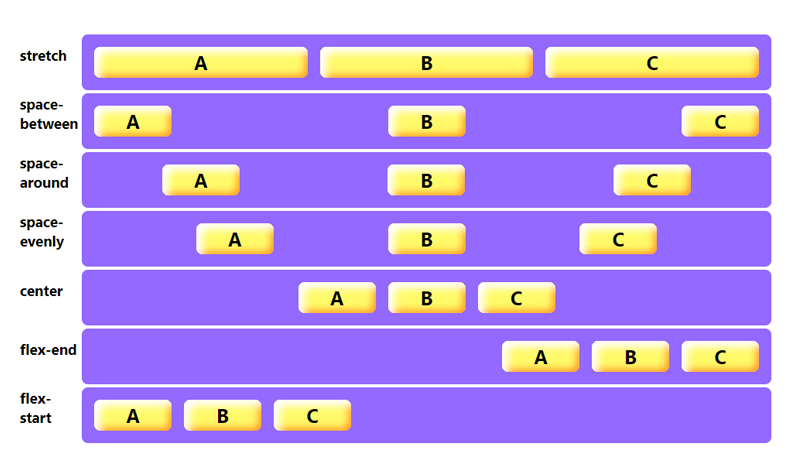

Even with the use of sophisticated desktop applications, justified text needs the attention of an well-trained typographer to be pulled off well. Justifying type sacrifices the utility of the word at the expense of the (misguided) pursuit of a clean aesthetic. So, justified text should really be avoided not just on the web, but whenever possible.Even if a page layout program is using subtle letter-spacing, or adjusting the width of the letters – these things, too, will make the texture uneven.

Justifying text disrupts that even texture.Only the true nature of each letter shines through. Letters are designed to create an even “texture” in text blocks.To communicate words, you need letters.The very point of typography is to communicate words.If all of the above isn’t enough to convince you that justifying text on the web (and really, most of the time in print) is a bad idea, then – well, this probably isn’t going to convince you either: I’ve saved my snooty designer reason for last. This is especially true for dyslexic readers. While the reader’s eye is scanning each line, it’s easier for her to find the next line if the lines are of uneven length. Besides the obvious reason that big gaps between words interrupt the reading flow, there’s a less obvious reason. Those “jagged” text block edges that text-justifiers are trying to get rid of actually make the text easier to read. CSS does have a hyphens property, but even if it were supported by most browsers (which it’s not), hyphenation alone wouldn’t be enough to make justified text okay.

All they do is increase the spacing between words, which, of course, leads to nasty gaps within the text block – especially if the text block has the ideal line length of 8–15 words. This can make some crisp-looking gutters between columns, but those come at the expense of neatness where it matters: within the actual text block.ĬSS & browsers leave huge holes in text blocks when justifying type.īut, browsers that render CSS and HTML lack most these features. The rationalization most people have for wanting to justify text is they figure they’re making the edges of the text block nice and neat. Clean lines on the edges = a mess inside the text block You just made a design rookie mistake! You should never justify type on the web. Instead of saying “who?” the owl outside your window gasps, “huh!?” You hop into Sublime, and type text-align: justify. “The edges of these type blocks look uneven,” you say to yourself. It looks clean, with everything in its place – lined up on the grid. It’s 3 in the morning, and you’re putting the final touches on your layout. It’s a best-seller (#18 on all of Amazon).īy Justify text with HTML/CSS? Don’t do it! Visual Design Course | White Space Course

Justify text with HTML/CSS? Don't do it! - Design for Hackers Justify text with HTML/CSS? Don't do it! - Design for Hackers


 0 kommentar(er)
0 kommentar(er)
